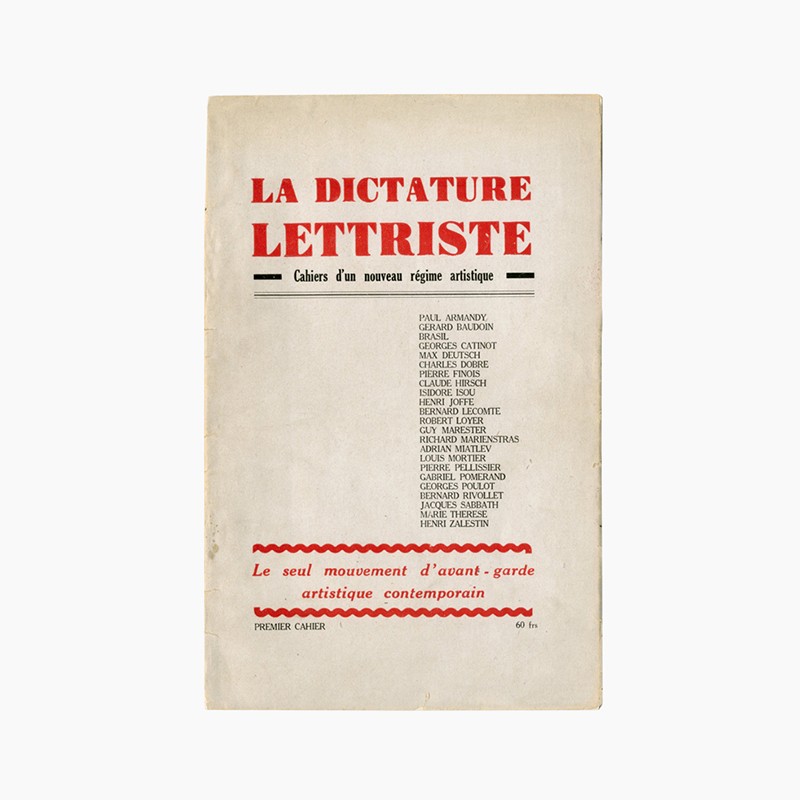
Isidore Isou
La dictature lettriste. Cahiers d´un nouveau régime artistique, no. 1, Paris: s.n., n.d. [1946?]
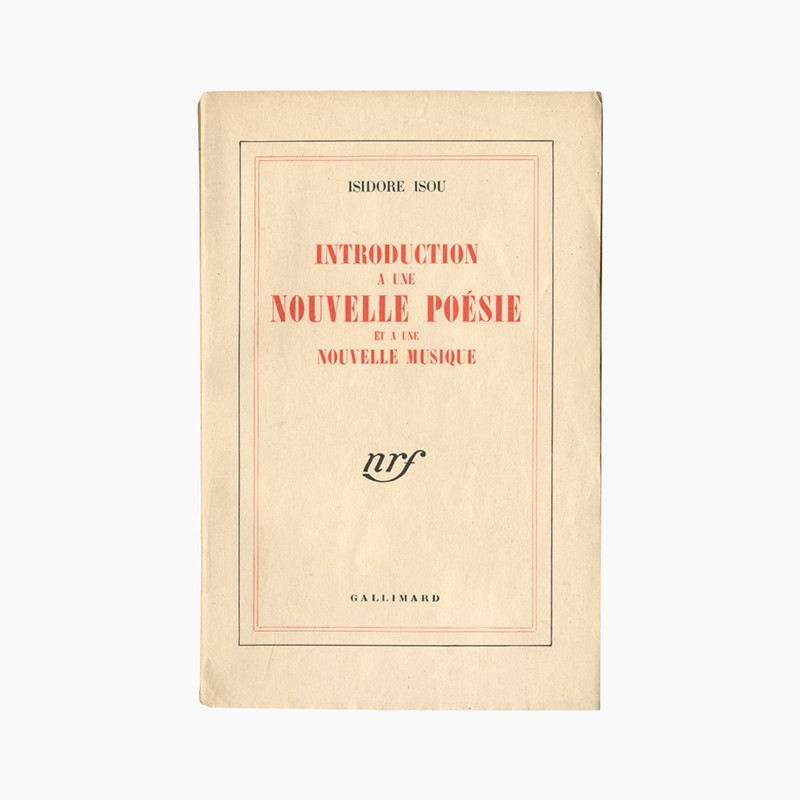
Isidore Isou
Introduction à une nouvelle poésie et à une nouvelle musique, Paris: Gallimard, 1947
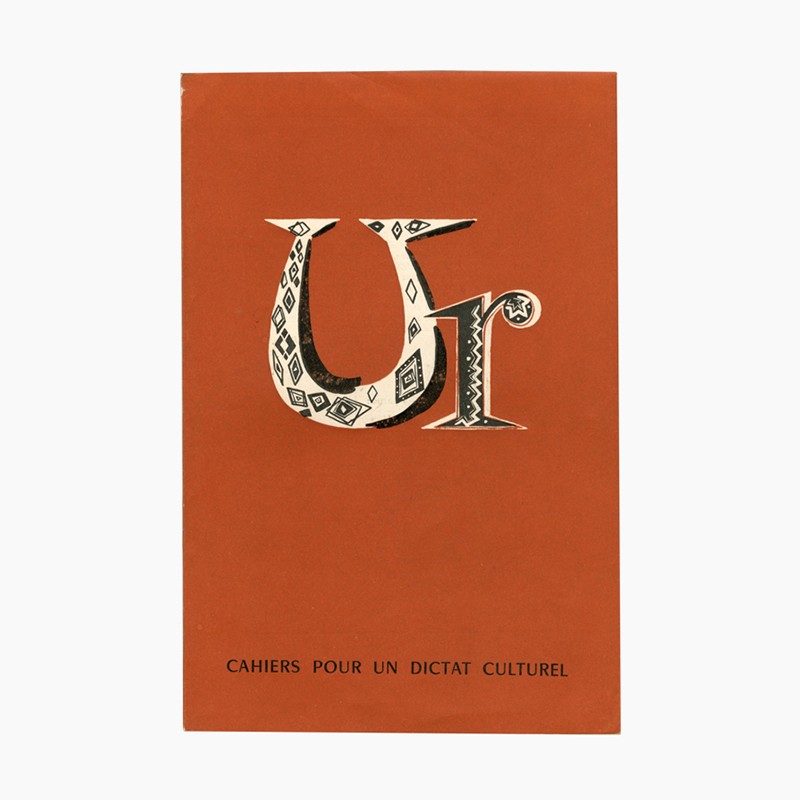
Maurice Lemaître
Ur, cahiers pour un dictat culturel, no. 1, Paris: Aux Escaliers de Lausanne, 1950
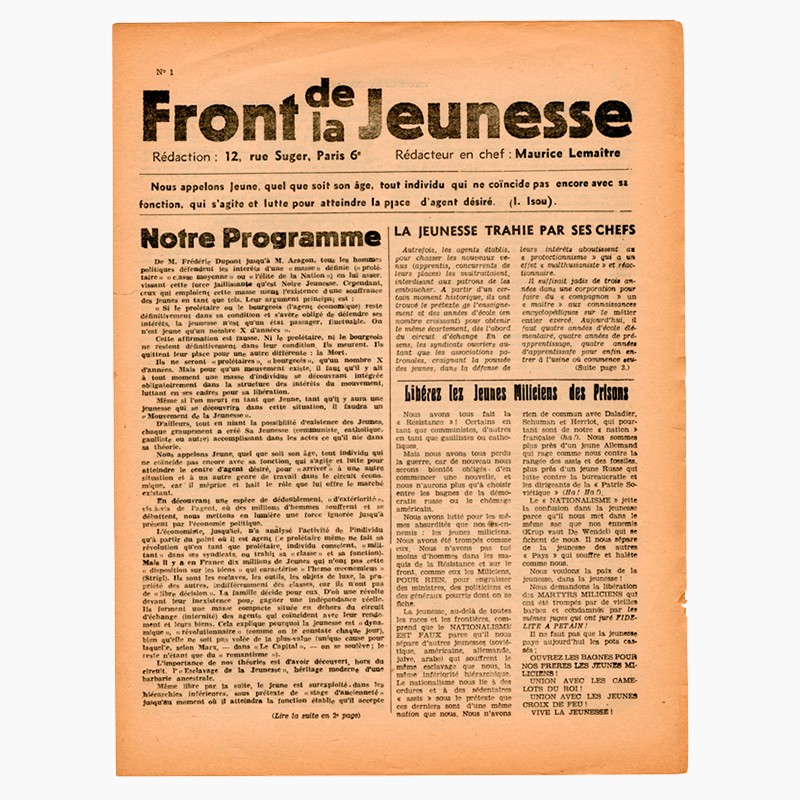
Maurice Lemaître; Gabriel Pomerand; Jean-Louis Brau, Gil J. Wolman
Front de la Jeunesse, no. 1, Paris: s.n., n.d. [1950?]
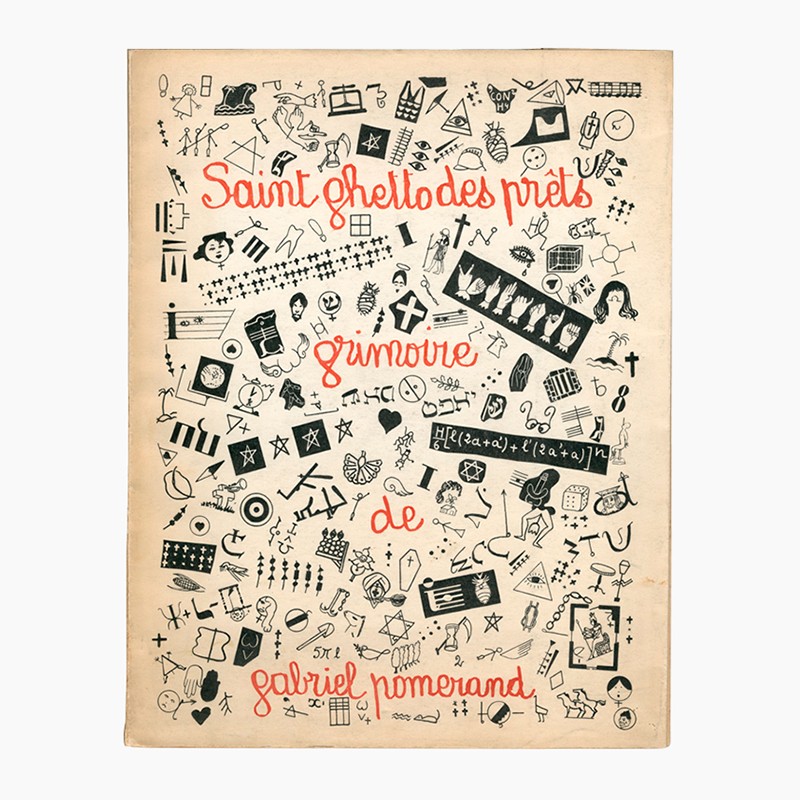
Gabriel Pomerand
Saint ghetto des prêts: grimoire, Paris: s.n., 1950

Maurice Lemaître
Le film est déjà commencé? Un film de Maurice Lemaître, n.d. [1951?]. Poster
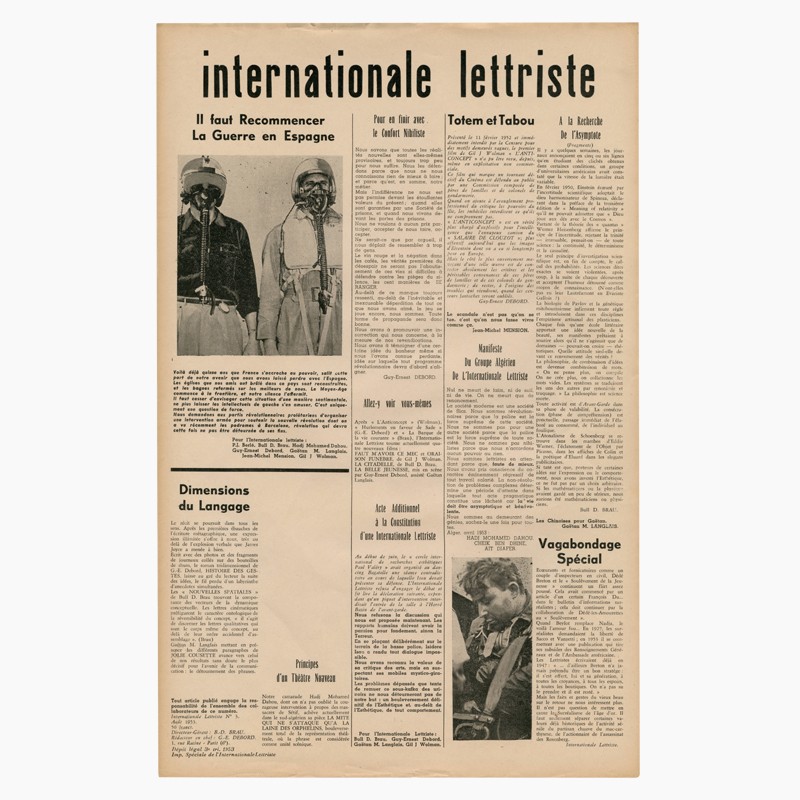
Jean-Louis Brau; Guy Debord
International Lettriste, no. 3, Paris: Internationale Lettriste, August 1953

Maurice Lemaître
La plastique lettriste et hypergraphique, Paris: Caractères, 1956 [inside with drawing and collage]
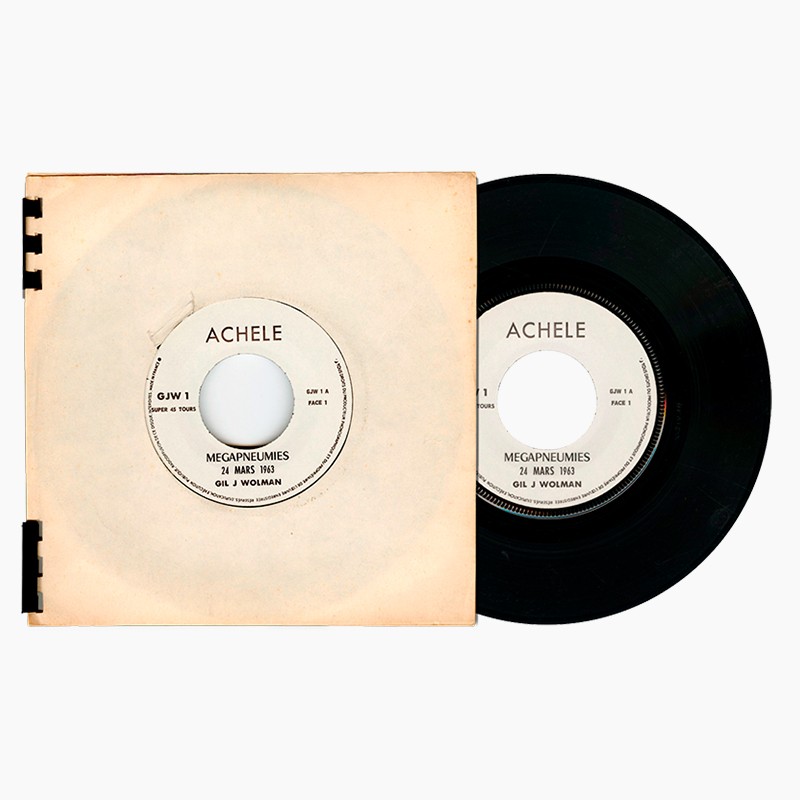
Gil J. Wolman
Mégapneumies, 1963

Robert Altmann, Roland Sabatier, Jacques Spacagna
C. R. L. Bulletin du Centre de la Recherche Lettriste: De l´utilite d´un centre de la recherche lettriste, no. 1, Paris: s.n., July-August 1965

Roland Sabatier
Multiplication: Hypertheatrie, Paris: PSI, 1969 [detail]
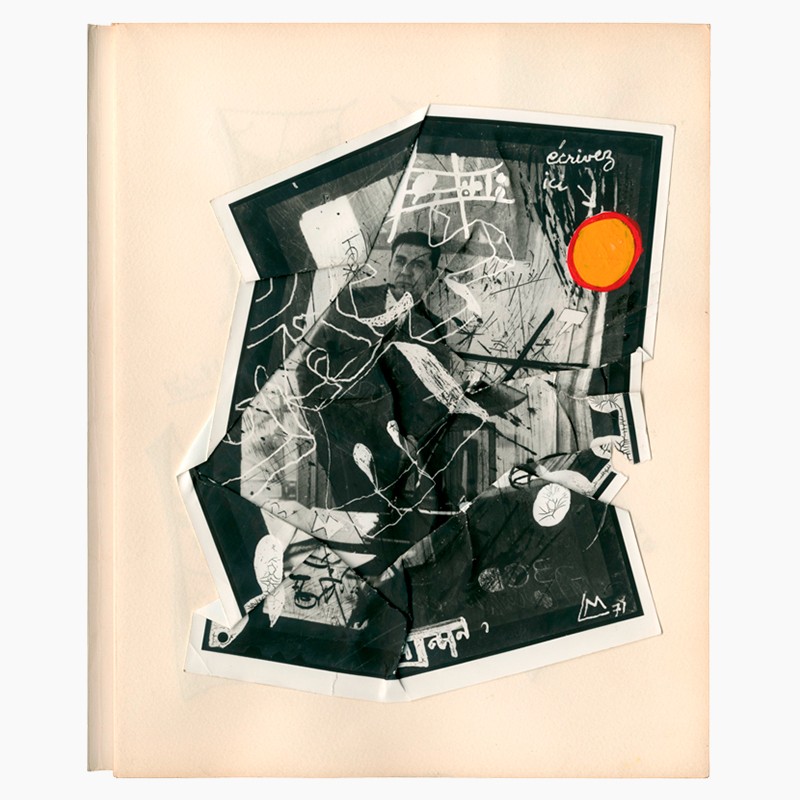
Maurice Lemaître
Note sur votre bonheur: Carnets d´un fanatique VI précédée de la premier et le dernier text d´un prophete..., Paris: Centre de creativité, November 1971 [inside with collage]
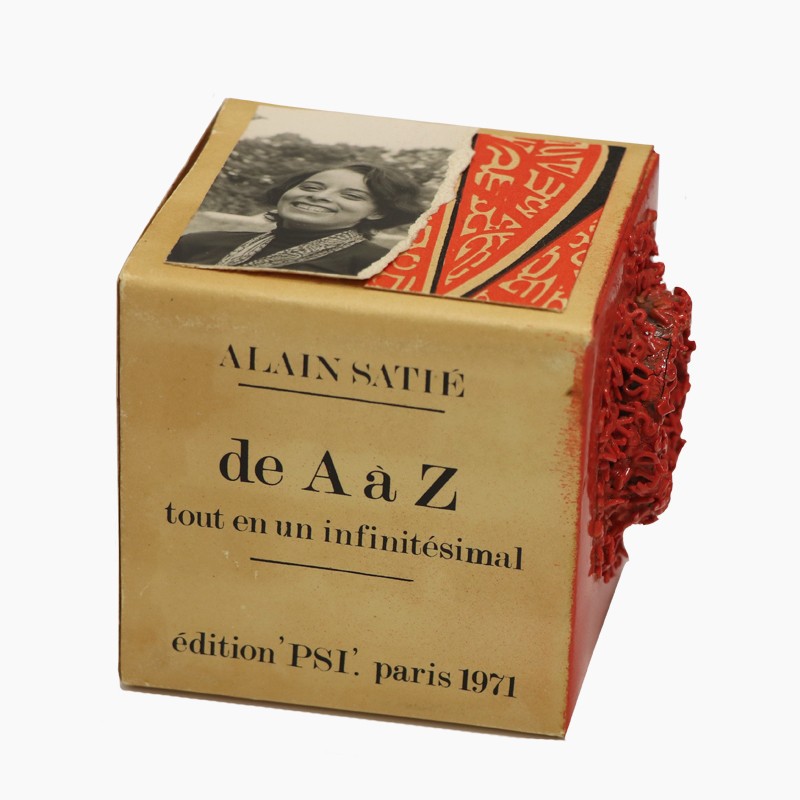
Alain Satie
de A à Z, tout en un infinitésimal, Paris: Édition "PSI", 1971

Isidore Isou
Jonas ou le début d´un Roman, 1974-1977, Paris: PSI, 1977. Portfolio with etching, 50 x 32.5 cm ea. [detail]

Alain Satié
Intervened pictures from Ple? Plon sca screlonuy ipilore plisou: Hé? on t´a reconnu Isidore Isou, Paris: PSI, 1985 [detail]
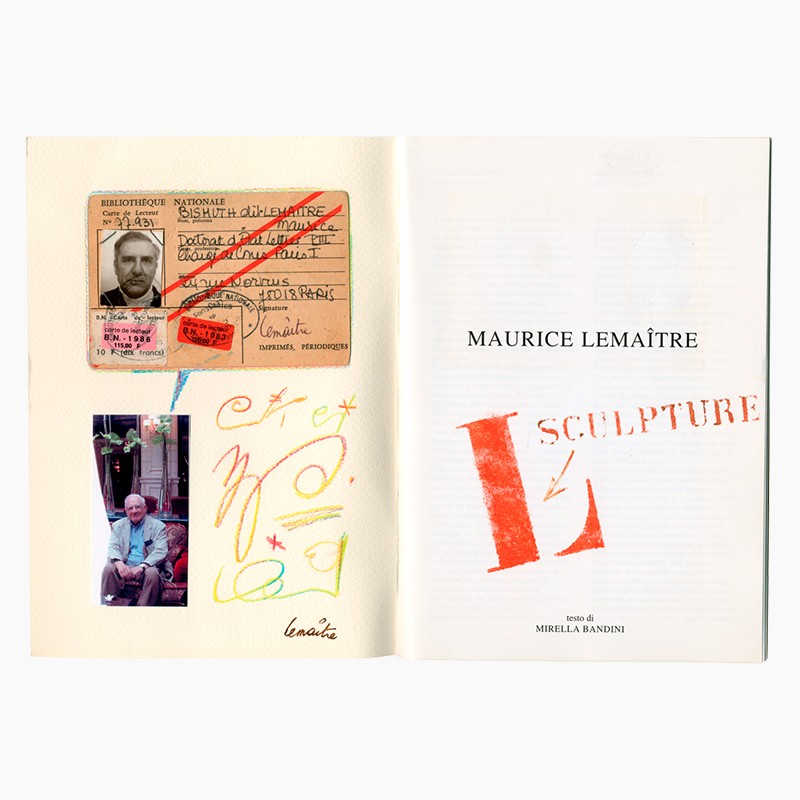
Mirella Bandini; Maurice Lemaître
Maurice Lemaître, Livorno: Peccolo, 2003 [inside with collage]
120 publications and documents.
Soon after the Second World War, the Romanian Isidore Isou moved to Paris, where, together with Gabriel Pommerand, he founded lettrism in the magazine La Dictature lettriste, whose first issue was published in June 1946. For them, letters were the key element of any visual, sound, plastic, architectonic or gestural creation. Jean-Louis Brau, Gilles Wolman, François Dufrêne and Maurice Lemaître, who was to become an obstinate propagandist of the movement, immediately joined the movement.
The following year, in 1947, Gallimard published a book by Isou consisting of over 400 pages titled Introduction à une nouvelle poésie et à une nouvelle musique, which is considered the movement’s manifesto. In it, Isou explains how, based on Baudelaire, poetry traverses the Dadaist and futurist avant-garde, resulting in a form of poetry based on aesthetic values related to the sound of letters, syllables and words, in search of onomatopoeias so that poetry aligns with music and, subsequently, other forms of art and science, by seeking to embrace all branches of cultural activity, especially cinematography. Throughout its extensive trajectory, over 100 creators participated in the lettrist movement, which founded its own publications formally presenting the theoretical work of Isou.
The documents of Archivo Lafuente related to lettrism include magazines, books, graphic portfolios, artist books, posters, catalogues, invitations, manifestos, printed matter and more. Among these documents, particularly noteworthy examples include the only edition of the magazine Front de la Jeunesse (1950?); the publication La plastique lettrisme et hypergraphique (1956), by Maurice Lemaître; the book Introduction à une nouvelle poésie et à une nouvelle musique (1947), by Isidore Isou, and his etchings titled Jonas ou le début d’un Roman (1974–1977).